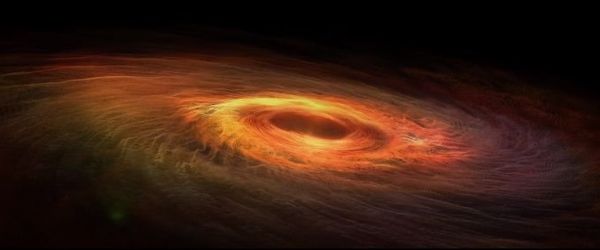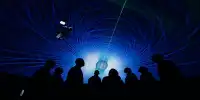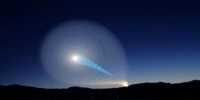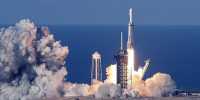The worldwide LIGO-Virgo-KAGRA cooperation reported the discovery of 35 new gravitational wave events, which are minuscule vibrations in the fabric of space-time. Cosmic collisions are responsible for these gravitational waves, with 32 of them presumably involving two black holes colliding.
A rarer black hole and neutron star collision were likely involved in two additional instances, and scientists are unsure what form of the compact object was involved in the third.
The LIGO and Virgo gravitational wave observatories, which turned on and investigating the cosmos between November 2019 and March 2020, are now in the second part of their third observing phase.
The data release, together with three companion articles, was uploaded to the ArXiv paper repository and submitted for publication. It takes the overall number of detected gravitational waves to 90.
These 35 new gravitational-wave events span the entire mass range of gravitational waves detected thus far, indicating that black holes of all shapes and sizes have collided, ranging from neutron stars slightly heavier than our Sun (but compressed into a sphere the size of a town) to black holes over 100 times heavier than our Sun.
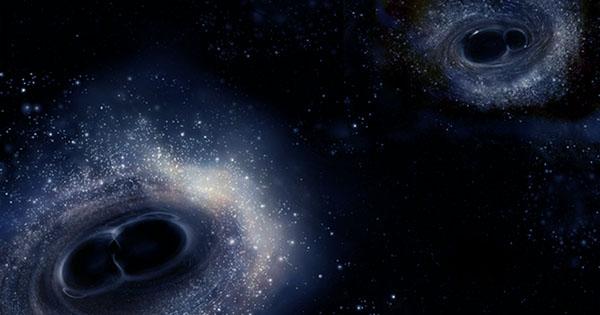
“It’s only recently that we’ve begun to appreciate the incredible diversity of black holes and neutron stars. In a statement, Christopher Berry, a member of the LIGO Scientific Collaboration, said, “Our recent data reveal that they occur in numerous sizes and combinations.” “We were able to answer some long-standing riddles while also uncovering some new challenges. We’re getting closer to solving the riddles of how stars — the building blocks of our cosmos — develop thanks to these data.”
One of the strange incidents included a large black hole (33 solar masses) colliding with a relatively low-mass neutron star (about 1.17 solar masses). Using gravitational wave observatories or conventional (electromagnetic) telescopes, this is one of the lowest mass neutron stars ever discovered, One ambiguous merger event thought to occur between a black hole 24 times the mass of our Sun with a considerably smaller black hole of roughly 2.8 solar masses. However, while the researchers feel that a light black hole matches the profile better, an extremely heavy neutron star is not out of the question. This is comparable to a prior perplexing occurrence that the cooperation has documented.
“With each new observation run, fresh discoveries and surprises are made. The third observing session saw gravitational wave detection become routine, yet each discovery remains fascinating to me!” In a statement, Hannah Middleton, a postdoctoral researcher at OzGrav at the University of Melbourne, said. “Future observing runs will almost certainly uncover additional unexpected phenomena, giving gravitational-wave scientists much to look forward to.”
The two LIGO observatories in the United States and Virgo in Italy are now offline and receiving improvements in preparation for their fourth observation run. The KAGRA observatory in Japan will join the trio, and all four will be operational by late 2022, Maya Fishbach, a NASA Einstein Postdoctoral Fellow and part of the project, remarked, “It turns out that the gravitational-wave world is really intriguing.” “With our enhanced detectors, we’ll be able to catch quieter signals from billions of years ago, including black holes and neutron stars that merged even further away.” I’m excited to see what else is out there.”
